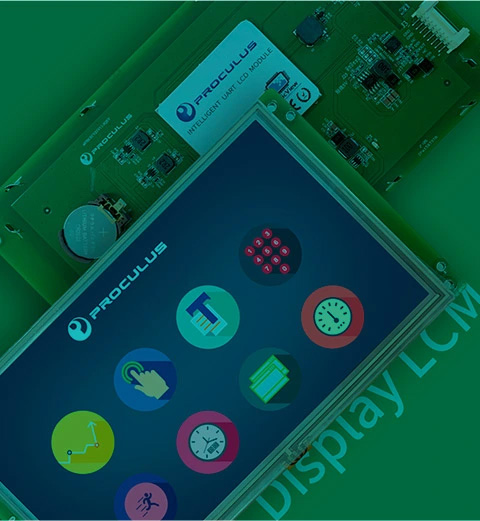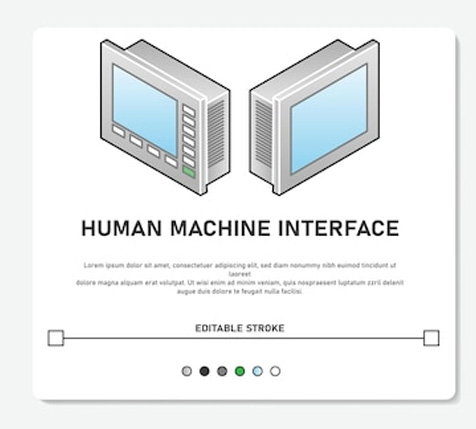
In the realm of industrial automation, the Human-Machine Interface (HMI) is a crucial component. It serves as the primary interaction point between users and the machinery or system they're controlling. This comprehensive guide aims to shed light on the intricacies of HMI, its common applications, trends, and future prospects.
HMI, an acronym for Human-Machine Interface, is essentially a user interface or dashboard that fosters a connection between a person and a machine, system, or device. Although the term can theoretically apply to any screen facilitating user-system interaction, it is primarily used in the industrial process context.
Distinct from Graphical User Interfaces (GUIs), HMIs are often leveraged within GUIs to enhance visualization capabilities. HMI screens can be used for singular functions such as monitoring and tracking, or for executing more complex operations such as machine control and production speed adjustment.
HMI technology is widely employed by a vast array of industrial organizations and numerous other companies for machine interaction and process optimization. Industries that commonly use HMI include:
Energy
Food and Beverage
Manufacturing
Oil and Gas
Power
Recycling
Transportation
Water and Waste Water
And many more. The primary users of HMIs are operators, system integrators, and engineers, particularly control system engineers. For these professionals, HMIs are indispensable tools, allowing them to evaluate processes, diagnose issues, and visualize data.
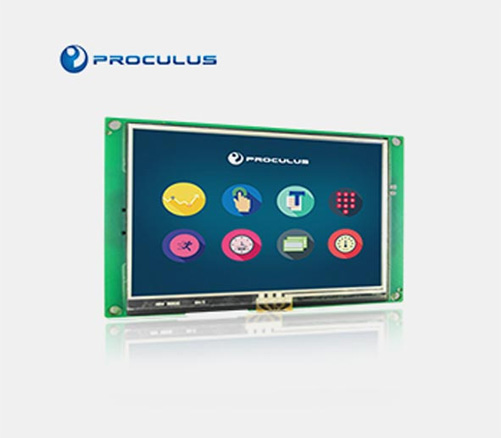
HMIs work in tandem with Programmable Logic Controllers (PLCs) and input/output sensors to gather and display information for users. This technology is used to digitize and centralize data for users, providing valuable insights into mechanical performance and progress.
Previously, operators had to physically walk the floor constantly to monitor mechanical progress and record it manually. HMI technology eliminates this outdated practice and reduces many costly problems caused by lack of information or human error.
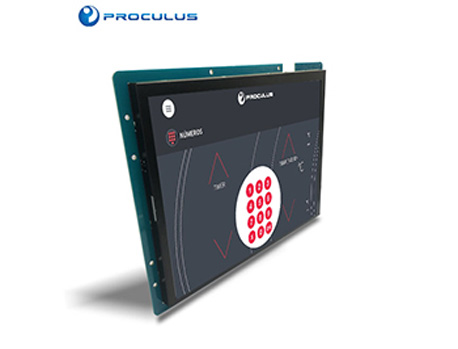
Supervisory Control and Data Acquisition (SCADA) and HMI are often discussed in the same breath as they both form parts of larger industrial control systems. However, they offer different functionalities. While HMIs focus on visually conveying information for user supervision, SCADA systems have a greater capacity for data collection and control system operation. Unlike SCADA systems, HMIs do not collect and record information or connect to databases. Instead, HMI serves as an effective communication tool within or alongside a SCADA system.
Recent technological advancements have led to interesting evolutions in HMI technology. More advanced examples include high-performance HMIs, touch screens, mobile devices, and traditional models. These modernized interfaces on Android LCD screens create more opportunities for equipment interaction and data analysis.
High-performance HMI design ensures fast, effective interaction by only drawing attention to the most necessary or critical indicators on the interface. Such design techniques help the viewer see and respond to problems more efficiently and make better-informed decisions.
Touch screens and mobile devices have emerged as vital tools in the realm of HMI. Modernized HMIs allow operators to tap or touch the physical screen to access controls. This technology is especially important when used with mobile HMI, which can be deployed through web-based HMI/SCADA or via an application. Mobile HMI offers a variety of advantages to operators, including instant access to HMI information and remote monitoring.
Mobile-friendly remote monitoring allows for greater flexibility and accessibility for operators and managers. For example, an offsite control system engineer can verify the temperature of a warehouse on a portable device, eliminating the need for onsite supervision after working hours.
Edge-of-network HMIs allow operators to access data and visualization from field devices. It's becoming more common to send data from local HMIs to the cloud, where it can be accessed and analyzed remotely, while keeping control capabilities local.
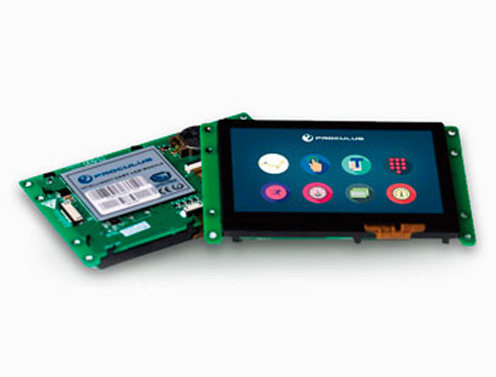
Leading engineers are exploring ways to implement Augmented Reality (AR) and Virtual Reality (VR) to visualize manufacturing functions. As data takes on an increasingly essential role in manufacturing, the future looks very bright for HMI. This technology may have come a long way, but its potential for growth remains virtually limitless.
In conclusion, HMI devices provided by Proculos have revolutionized the way we interact with machinery and systems. Our advanced HMI displays provide users with an intuitive, easy-to-use interface, thus streamlining the process of monitoring and controlling machinery. With constant advancements in technology, the future of HMI looks promising, offering endless possibilities for innovation and efficiency in various industries.
There is no single perfect way to find the best HMI device solution, everything depends on the equipment’s hardware and its overall design. We are trying our best to help manufacturers in providing an accurate solution, customized to your project needs.
A nice HMI device should cover every consideration in balancing function, durability, and aesthetics. At Proculus, our team collaborates with you to build a custom HMI LCD solution. From consultation, through prototyping and developing, and into mass production we are with you every step of the way.
Talk with our experts and learn how our engineers create so many overall LCD M odules for you.
